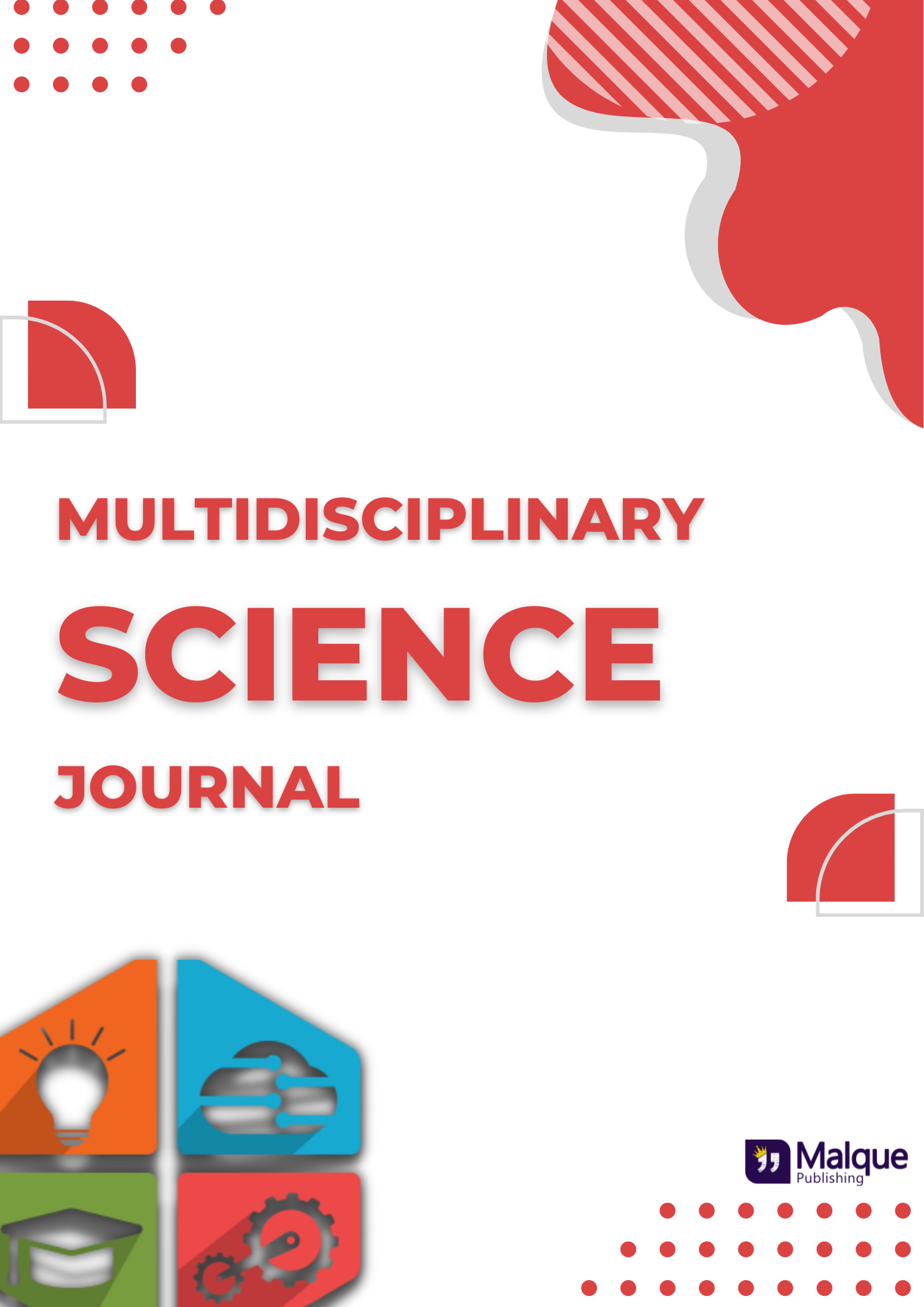Antioxidant Activity Of Kintamani Siamese Orange Peel Extract (Citrus Nobilis) With Different Polar Solvent: An In Vitro Experimental Study
Abstract
Siamese oranges (Citrus nobilis) are one of Bali's most widely developed citrus fruits, especially in the Kintamani area. Siamese oranges (Citrus nobilis) contain many secondary metabolite compounds as a source of natural antioxidants. In this study, secondary metabolite compounds in plants were obtained through the extraction method. In addition to the extraction method, selecting the type of solvent is one of the main factors affecting the extraction results. Polar solvents tend to produce higher antioxidant activity, which aimed to determine the best polar solvent in producing Kintamani Siamese orange extract peel (Citrus nobilis) with the highest antioxidant activity. The research method used was experiment, where the orange peel was extracted through maceration using three polar solvents: methanol; ethanol; and water. Furthermore, antioxidant activity testing was carried out using the DPPH (2,2-diphenyl-1-picryl-hydrazyl-hidrate) method. Data from the analysis of antioxidants in IC50 was compared and classified according to BIOS Classification. The results showed that methanol solvent produced yield and antioxidant activity with the highest IC50. Methanol solvent as a polar solvent could produce Kintamani Siamese orange peel extract (Citrus nobilis) with moderate antioxidant activity according to BIOS classification. Further research is needed to explore other potentials benefit of Kintamani Siamese orange peel waste (Citrus nobilis) as an application of zero waste system.










